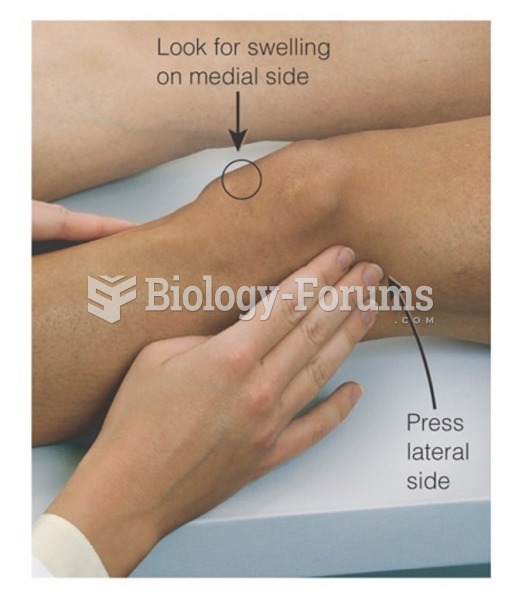Answer to Question 1
2
Rationale 1: Respirations 12 breaths per minute is within normal limits.
Rationale 2: Heart rate should be closely monitored so that it does not fall below 5060 beats/minute at rest or 100 beats/minute during exercise.
Rationale 3: Blood pressure 134/72 is within normal limits.
Rationale 4: Oxygen saturation 95 is within normal limits.
Global Rationale: Atenolol (Tenormin) is a cardioselective beta1-blocker used for dysrhythmias, MI, and HTN. Heart rate should be closely monitored so that it does not fall below 60 beats per minute at rest or 100 beats per minute during exercise.
Answer to Question 2
4
Rationale 1:Atenolol (Tenormin) is incorrect because this is a cardioselective beta1-blocker; it reduces the rate and force of cardiac contractions, and is used for angina, MI, and hypertension.
Rationale 2:Nitroglycerin (Nitrostat) is incorrect. It is an organic nitrate, the oldest and most widely used of the organic nitrates, and can be delivered by a number of different routes, including sublingual, lingual spray, oral, IV, transmucosal, transdermal, topical, and extended-release forms. It is normally taken while an acute anginal episode is in progress or just prior to physical activity.
Rationale 3: Sildenafil (Viagra) is used to treat erectile dysfunction.
Rationale 4: Ranolazine is believed to act by shifting the metabolism of cardiac muscle cells so that they utilize glucose rather than fatty acids as the primary energy source. The drug is only approved for chronic angina that has not responded to other agents.
Global Rationale: Ranolazine (Ranexa) acts by shifting the metabolism of cardiac muscle cells so that they utilize glucose rather than fatty acids as the primary energy source. The drug is only approved for chronic angina that has not responded to other agents. Atenolol (Tenormin) is a cardioselective beta1-blocker; it reduces the rate and force of cardiac contractions, and is used for angina, MI, and hypertension. Nitroglycerin (Nitrostat) is an organic nitrate, the oldest and most widely used of the organic nitrates, and can be delivered by a number of different routes, including sublingual, lingual spray, oral, IV, transmucosal, transdermal, topical, and extended-release forms. It is normally taken while an acute anginal episode is in progress or just prior to physical activity. Sildenafil (Viagra) is used to treat erectile dysfunction.






